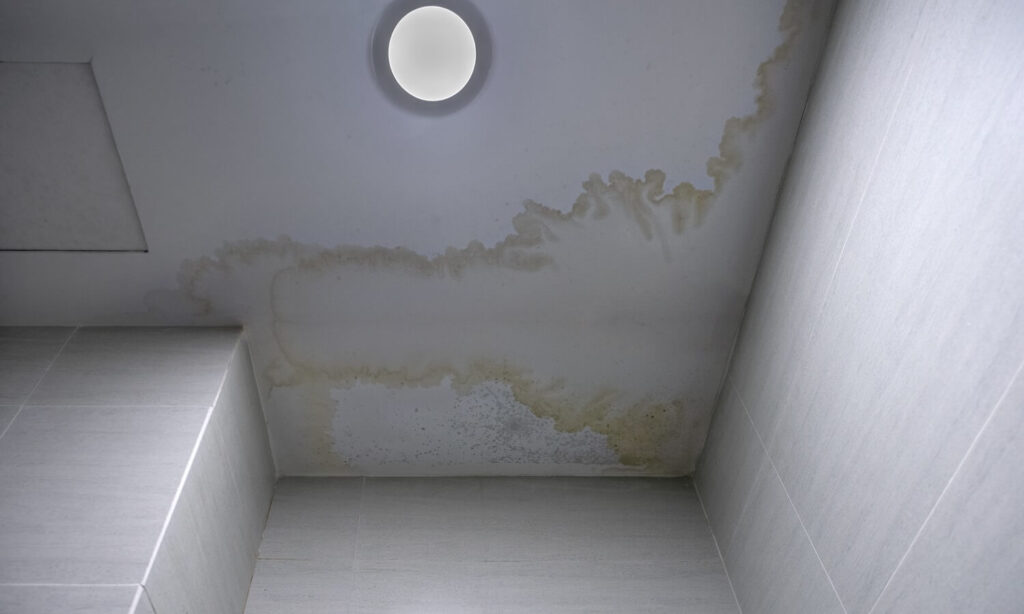Water damage in your house can be a devastating situation. It can lead to catastrophic effects on you as well as your property. One of its consequences is mold growth. This can be pretty hard to remove, so understanding how quickly mold can grows from water damage is vital. Here, we will examine factors that promote its spread, its development timeline, as well as preventive and cleanup measures to take. The main aim of this blog is to make things easier for you after identifying mold in your space.
Introduction to Mold and Its Implications
Mold is a fungus that may grow both inside and outdoors, flourishing in damp, warm conditions. It reproduces by dispersing spores that may become airborne and land on surfaces, waiting for the ideal circumstances to develop. These circumstances are often fulfilled after a water leak, resulting in the possible formation of mold, which can result in structural damage as well as health difficulties, ranging from allergic responses to more serious respiratory problems.
The Growth Cycle of Mold
Initial Conditions and Spore Activation
Mold development occurs when water invades areas where mold spores reside, often remaining dormant until meeting moisture; understanding how quickly mold grows from water damage is therefore key. In particular, 24 to 48 hours after exposure allows spores to absorb moisture as well as germinate into new colonies of mold.
Active Growth and Colonization
Once mold spores have been released, their spread becomes rapid and aggressive. How long a mold takes to grow depends primarily on temperature, humidity and material type; usually, within 72 hours after moisture contact, mold colonies appear and begin proliferating rapidly across surfaces if not controlled quickly enough.
Factors Influencing Mold Growth
Humidity and Temperature
Mold growth is strongly affected by humidity and temperature conditions. Mold thrives in environments with humidity exceeding 60% and temperatures ranging between 60-80 degrees Fahrenheit; such conditions often arise in water-damaged homes with leaky basements, kitchens, or bathrooms where leaks are rampant.
Material and Nutrients
Mold requires organic food sources in order to thrive, which are commonly found in construction materials like wood, drywall and carpets. Porous materials provide moisture-retaining nutrients while simultaneously encouraging rapid and widespread growth of mold.
How Fast Does Mold Grow After a Water Leak?
Have a question in mind: how fast does mold grow after a water leak? Well, mold can appear within 48 to 72 hours after being exposed to moisture, warmth, and an organic food supply, creating an instantaneous visual nuisance as well as health hazards that could cause considerable property damage if left unchecked.
The fast development rate of mold emphasizes the vital necessity for quick intervention once a water leak becomes apparent. To prevent the damp circumstances that promote mold formation, homeowners, as well as property managers, ought to focus on drying out affected areas by using different appliances. This preemptive action is critical for preventing mold spread and protecting both building structural integrity as well as occupant health.
Prevention and Early Intervention
Immediate Water Damage Control
As soon as a leak has occurred, the first step to prevent mold growth should be turning off its source as well as drying all affected areas thoroughly. Dehumidifiers or fans can help eliminate humidity from both air and surfaces. Proper ventilation also plays an indispensable role in maintaining low levels of humidity inside a space.
Regular Inspection and Maintenance
Regularly examining your house for leaks and dampness might help to avoid mold growth. Pay careful attention to pipelines, roofs, windows, and the areas around water-using equipment. Early diagnosis of moisture concerns may drastically minimize the likelihood of mold growth.
Remediation of Mold After Water Damage
Professional Mold Removal
If mold has already begun to develop, it is usually preferable to speak with mold treatment specialists. These mold and leak professionals can analyze the degree of mold development, carefully remove any moldy objects, and treat impacted areas to prevent further growth.
Repair and Restoration
Following mold remediation, repairing and returning your house to its previous state is critical. This may include fixing damaged components such as drywall as well as insulation.
Endnotes On Mold Growth
Knowing how fast mold grows and how quickly mold grows from water damage is imperative for every homeowner. Prompt and effective action not only contributes to maintaining the structural strength of your house but also helps create a safe living environment. Regular maintenance, prompt reaction to water damage, and expert cleanup are critical measures for fighting the fast spread of mold in water-damaged environments. By being aware and proactive, you can safeguard your property as well as your health from the harmful consequences of mold.
Getting the assistance of specialists such as Roto-Rooter may be quite beneficial when dealing with mold growth after water damage. Roto-Rooter, a recognized service provider, provides specialist water damage repair and mold remediation services, which are critical for efficiently controlling and removing mold. Our team of specialists has the skills and knowledge to quickly solve water-related concerns, ensuring that your house is completely dried and treated to avoid future mold breakouts. Counting on a Roto-Rooter not only aids in preventing immediate damage but also protects your property and health from the long-term repercussions of mold development.



